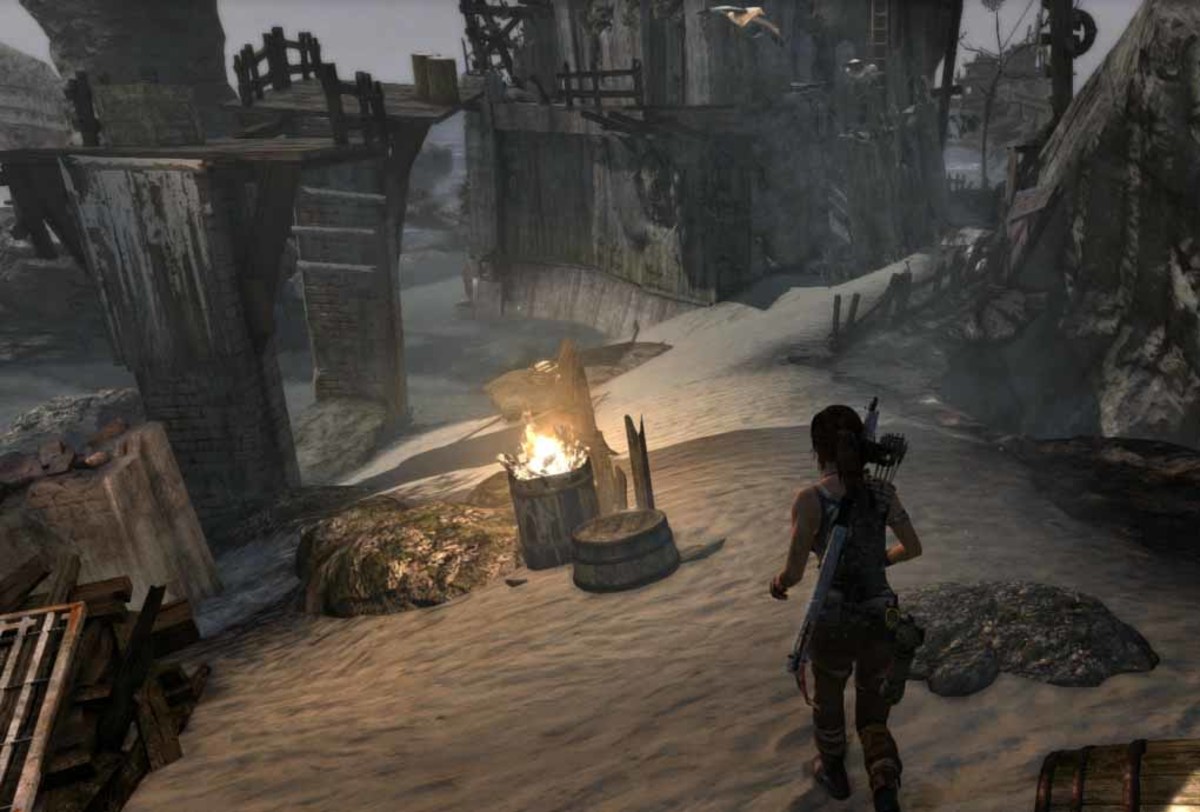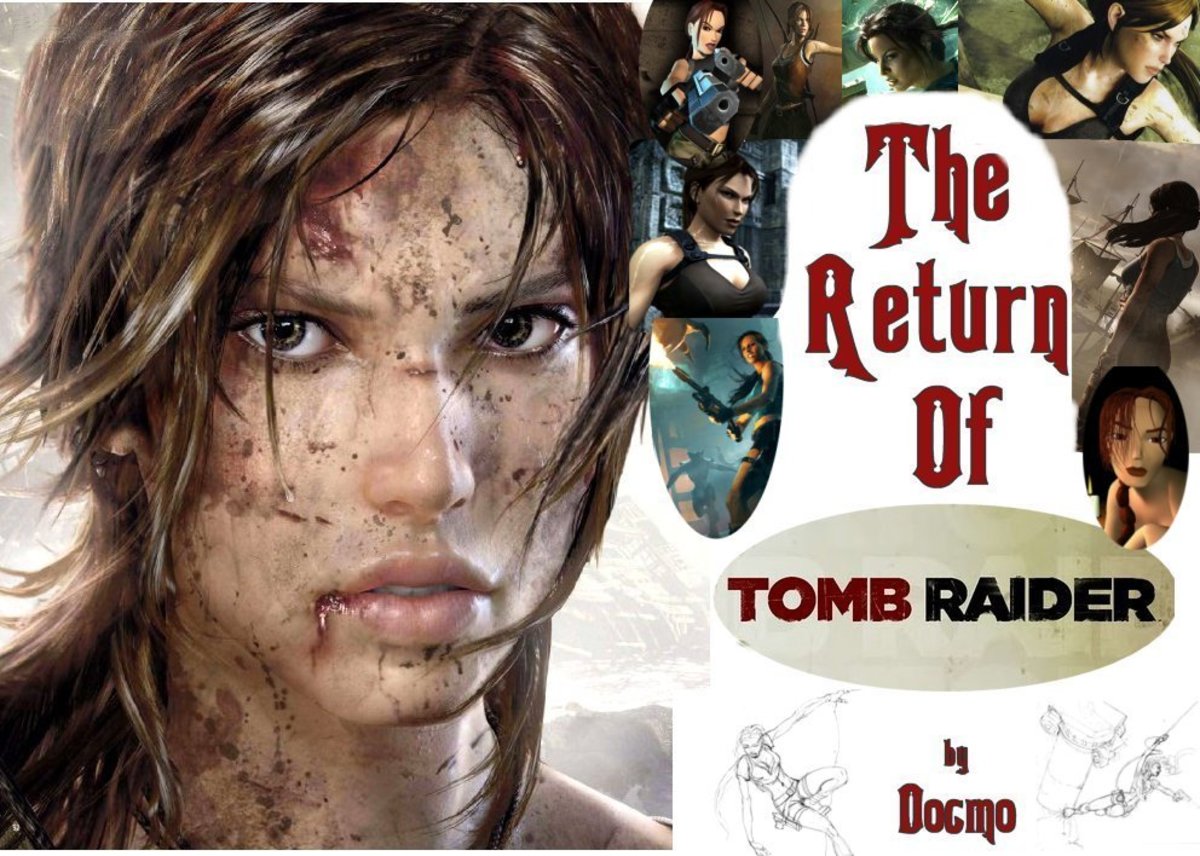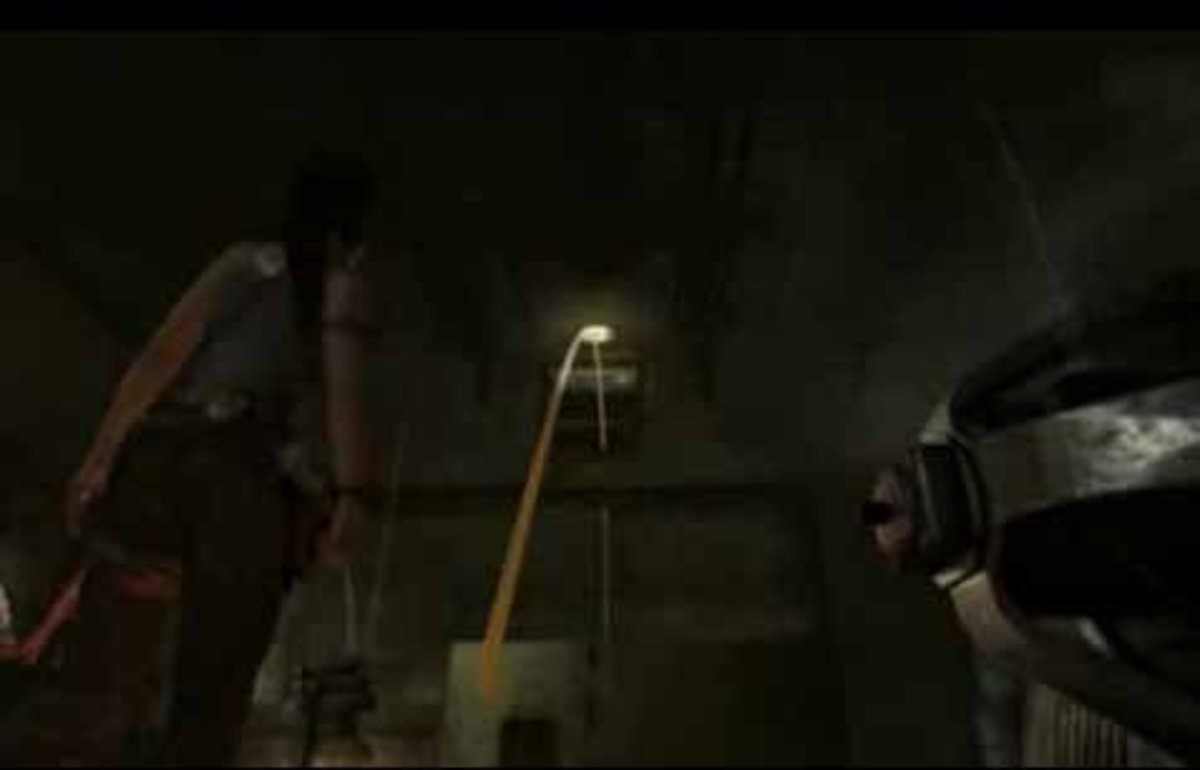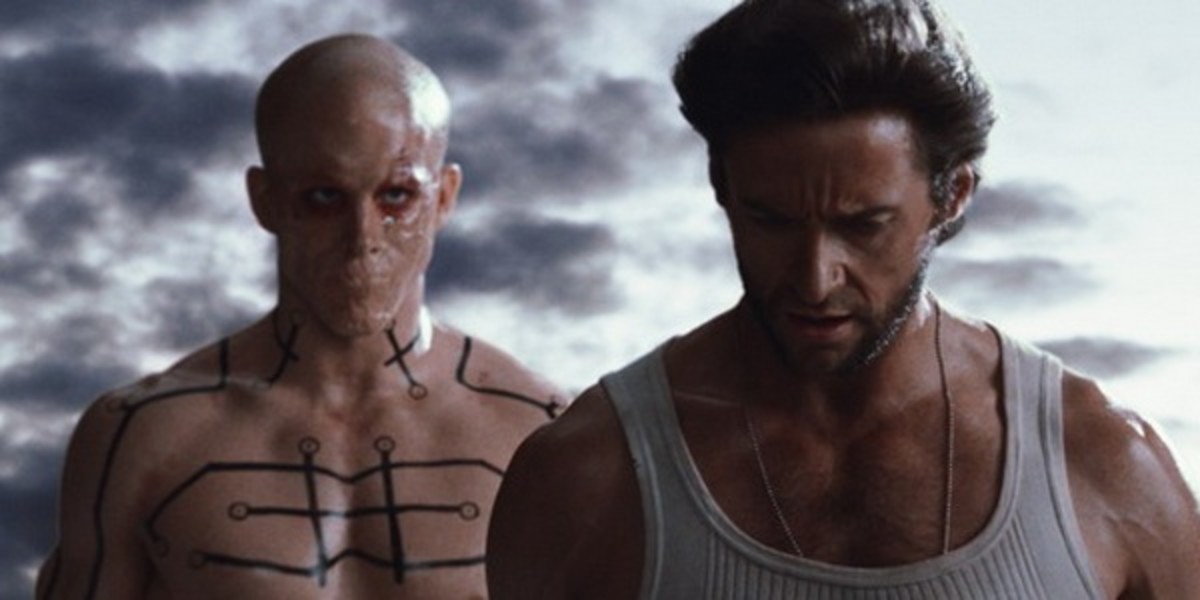Game to Screen: Lara Croft Tomb Raider
Foreword
Let me be clear, the two films are based on the first Tomb Raider era, starting in 1996 with Tomb Raider and ending in 2003 with Angel of Darkness. These films were released in 2001 and 2003 respectively, obviously meaning that these films were not affiliated with the succeeding reboots of the game franchise (released in 2006 and 2013 respectively).
Movie Poster
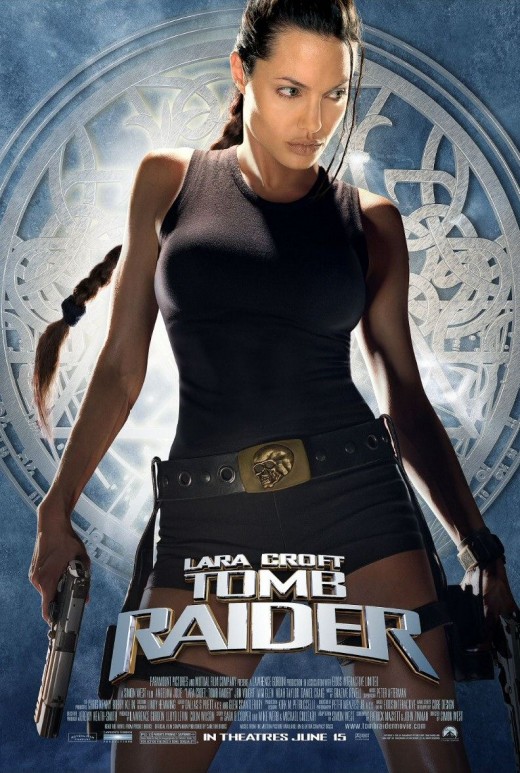
The Movies
There are two different ways to look at these two movies: one, as an adaptation for the Tomb Raider games, and two, the jump start in largely recognizing Angelina Jolie's career as a female action star. To be fair, while there have been a large number of iconic models who have posed or taken on the persona of Lara Croft over the years in order to assist with marketing, Angelina Jolie's portrayal, for better or ill, has become the most closely linked with the character.
Still, the films themselves are not that far off the mark when it comes to the plots that were shown early on in the Tomb Raider games. Lara Croft would spelunk into tombs to locate priceless artifacts that would eventually end up becoming a tool of incredible power. She does this while racing against some individual or society that desires to use the tool to some nefarious end.
The first film, Lara Croft Tomb Raider, remains as the second most successful game to movie adaptation (beaten only by The Prince of Persia and beating out all those Resident Evil films). However, that doesn't mean it was good, earning under a 20% in both Rotten Tomatoes and Metacritic for silly plots and occasionally wooden acting. While the second film, The Cradle of Life, did improve its scores (not that they actually became good movies but there were some improvements), its financial success was far less than its predecessor.
The Games
When Tomb Raider (1996) was released, it became an instant hit, paving the way for one of the most successful game franchises in history and for cementing the protagonist, Lara Croft, as a permanent female mainstay in the world of video games. It was largely recognized as a platformer and puzzle solving game showcased with an impressive number of acrobatic feats. Platforming segments were broken up with occasional bouts of intense gun play against natural predators, human adversaries, and supernatural forces. Not every game was nearly as successful as the first and many became great disappointments renowned for putting the franchise into the dirt. However, twice the series has been rebooted and redone to some success, including a new series that began in 2013.
The character of Lara Croft has become both famous and infamous. While many consider her a female British version of Indiana Jones, her status as either an example of female empowerment or simply existing as a male sexual object has been hotly debated and Lara has been far more susceptible to criticism due to her high profile target in the gaming media, as was the case with the notorious 'Nude Raider' code that never existed in-game.
Lara's appearance has largely stayed true to the iconic short-shorts and large breasts, the most recent series seems to focus far more on her character and development over her looks.
Game Cover for the Anniversary Edition
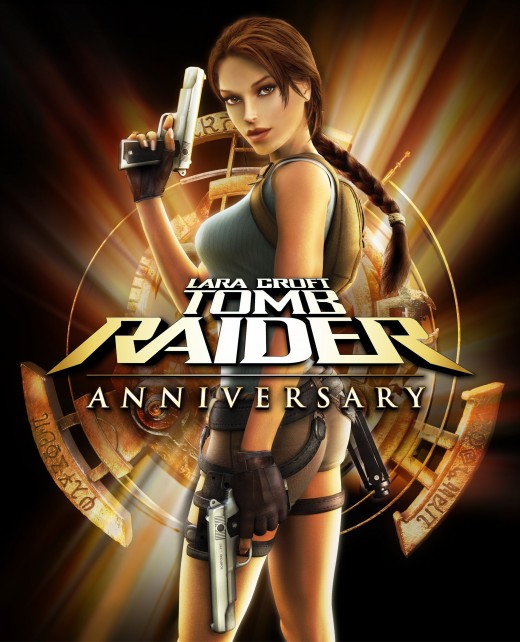
The Adaptation
Angelina Jolie as Lara Croft
As much as Jolie has become linked to the role of Lara Croft, her initial casting was not well received for a variety of reasons. The most important parts were 1) she wasn't physically 'fit' enough to play the large breasted heroine, and 2) she was American while the archaeologist was clearly British. In time Jolie proved to have at least a satisfactory British accent which becomes ironic when her male lead counterpart, played by Daniel Craig of recent James Bond films, was British but played an American character with a respective accent (that actually comes off as strange).
While many clearly know Jolie's talent for coming across as a bit of an action star, this was the first film she was really tasked. The result, despite its mixed outcome, was more or less the cornerstone for her future projects such as Salt or Mr. and Mrs. Smith.
The Main Theme Transition/Female Indiana Jones?
Firstly, the films take the plot of Tomb Raider and implements them well. Tomb Raider was never largely recognized for the story but it was solid, offering a twist here or there. The story wasn't a story for itself but an excuse for Lara to trek from one level to another.
Tomb Raider plays a bit like an Indiana Jones adventure; an archaeologist with a flair for the dramatic and action-savvy goes on various adventures looking for iconic artifacts that more often than not contain incredible powers. To this extent, Lara and Indy are very much alike. However, that's it, and there's more content.
Lara is a cold, calculating individual with sarcastic wit and a level head and is far more professional. Indy has undeniable charm. But the biggest difference is their focus. Tomb Raider was built and designed as a game, letting the player feel to be more of the character they play, letting there be long periods of silence without character interaction so the player immerses themselves with the character more. Indiana Jones was designed as a cinematic blockbuster and excels for its characters, their chemistry, and their mannerisms. It may seem like a small distinction, but it's vital and important.
Lara Croft Tomb Raider was a film based on this game and it needed to fill those long, almost comfortable gaps of silence (that wouldn't do well for the film) with other characters. These additions may not necessarily have been bad for the cinematic adaptation, but the way they were created and implemented were tacky and jarring. This original content failed not because of the original story, but simply because of the crew involved in the film making process.
Angel of Darkness/Cradle of Life Timing
The Tomb Raider franchise, both games and movies, hit an all-time low in 2003. Filmmakers blamed Angel of Darkness's terrible performance as the reason why Cradle of Life was so ill-received, and that may be true but it's likely due to the poor quality the first film displayed. Whatever the cause however, the game died before being rebooted not too long afterwards, but it was this event that seemed to spell the end for any and all Tomb Raider film adaptations.
Trailer for The Film
Something to Note
The backstory of Lara Croft has received too many retcons and changes that it's truly impossible to say if the film is truthful to that or not. Lara's parents die, or only one dies, or her father disappears during a dig, or her mother is actually the spelunker, or they simply disowned Lara....really, there's too much to go through with the games, the rebooted series, the second rebooted series, the comics, books, and films.
Trailer for the First Game Anniversary Edition
Closing Thoughts
Ultimately the films' stories don't suffer because of a bad adaptation or that the original story was incompatible for converting into a film. There might not be a lot of story to it, but there's very little to get wrong as Lara Croft's journey is so ambiguous; any randomly created acrobatic character could fit into the Tomb Raider series. The main focus was ancient runes, mystical artifacts, and the presentation of Lara Croft herself, and in that respect the film does well.
However, it's the spaces that fit in between that cause the films to deteriorate and even, dare I say it, make the films boring. The story wasn't so much as incompatible (such as the infamously bad Super Mario Bros) as it was a new project incorporating Lara's image and the almost generic 'hunt for powerful relics against bad guys.'
Kudos to the film makers for making such a financially successful first entry, but if there was no such thing as Lara Croft and Angelina Jolie's performance, it's doubtful that it would have drawn any real kind of a crowd.
Further Reading
Enjoy what you've read here? I've got a list of Game to Screen adaptations I'm currently working on.



